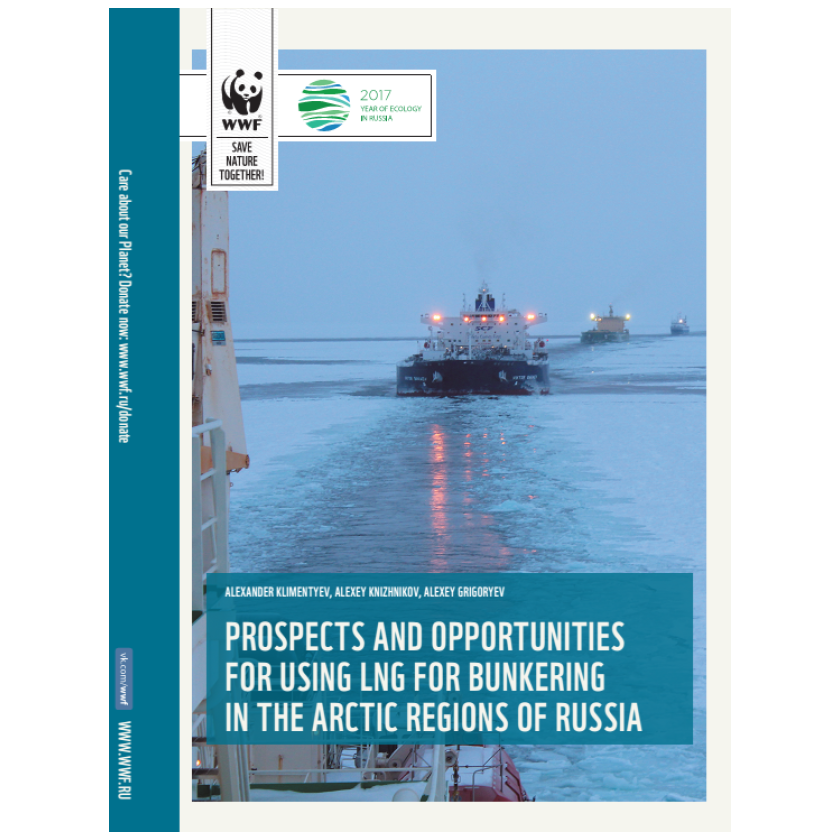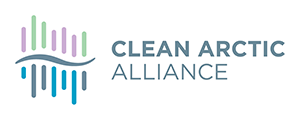Black Carbon Emissions and fuel use in global Shipping

An ICCT report by Bryan Comer, Naya Olmer, Xiaoli Mao, Biswajoy Roy, and Dan Rutherford
December 2017
Ships are an efficient way to move cargo, transporting approximately 80% of the world’s goods by volume, but ships also threaten human health, ecosystems, and the climate. This report focuses on the air and climate pollutant black carbon (BC). As one component of fine particulate matter (PM2.5), BC contributes to heart and lung disease and is also a danger to the environment. Globally, BC from all sources is the second largest cause of human-induced climate change and is contributing to the rapid decline in Arctic sea ice.
This report presents a bottom-up, activity-based global inventory of BC emissions, residual fuel use, and residual fuel carriage from commercial ships in the global fleet for the year 2015. In addition, the report analyzes the BC reduction potential of four technology scenarios: switching all ships from residual to distillate fuels; switching some ships from residual or distillate fuel to LNG; installing exhaust gas cleaning systems on ships; and installing diesel particulate filters (DPFs).
Black Carbon Emissions and fuel use in global Shipping

An ICCT report by Bryan Comer, Naya Olmer, Xiaoli Mao, Biswajoy Roy, and Dan Rutherford
Ships are an efficient way to move cargo, transporting approximately 80% of the world’s goods by volume, but ships also threaten human health, ecosystems, and the climate. This report focuses on the air and climate pollutant black carbon (BC). This report presents a bottom-up, activity-based global inventory of BC emissions, residual fuel use, and residual fuel carriage from commercial ships in the global fleet for the year 2015. In addition, the report analyzes the BC reduction potential of four technology scenarios: switching all ships from residual to distillate fuels; switching some ships from residual or distillate fuel to LNG; installing exhaust gas cleaning systems on ships; and installing diesel particulate filters (DPFs).
Black Carbon Emissions and fuel use in global Shipping

An ICCT report by Bryan Comer, Naya Olmer, Xiaoli Mao, Biswajoy Roy, and Dan Rutherford
Ships are an efficient way to move cargo, transporting approximately 80% of the world’s goods by volume, but ships also threaten human health, ecosystems, and the climate. This report focuses on the air and climate pollutant black carbon (BC). This report presents a bottom-up, activity-based global inventory of BC emissions, residual fuel use, and residual fuel carriage from commercial ships in the global fleet for the year 2015. In addition, the report analyzes the BC reduction potential of four technology scenarios: switching all ships from residual to distillate fuels; switching some ships from residual or distillate fuel to LNG; installing exhaust gas cleaning systems on ships; and installing diesel particulate filters (DPFs).
Black Carbon Emissions and fuel use in global Shipping

An ICCT report by Bryan Comer, Naya Olmer, Xiaoli Mao, Biswajoy Roy, and Dan Rutherford
Ships are an efficient way to move cargo, transporting approximately 80% of the world’s goods by volume, but ships also threaten human health, ecosystems, and the climate. This report focuses on the air and climate pollutant black carbon (BC). This report presents a bottom-up, activity-based global inventory of BC emissions, residual fuel use, and residual fuel carriage from commercial ships in the global fleet for the year 2015. In addition, the report analyzes the BC reduction potential of four technology scenarios: switching all ships from residual to distillate fuels; switching some ships from residual or distillate fuel to LNG; installing exhaust gas cleaning systems on ships; and installing diesel particulate filters (DPFs).
Prospects and opportunities for using LNG for bunkering in the Arctic regions of Russia

May 2017
A WWF report by Alexander Klimentyev, Alexey Knizhnikov, Alexey
The Arctic region of Russia is considered to be one of the key economic areas and can open up a crucial transit route, connecting Europe and Asia.
A unique feature of this route is that there is a possibility to set up LNG bunkering facilities along almost the entire length of it, using natural gas from on- and offshore deposits.
This report presents data, facts and arguments for wide LNG implementation in Russian Arctic.

